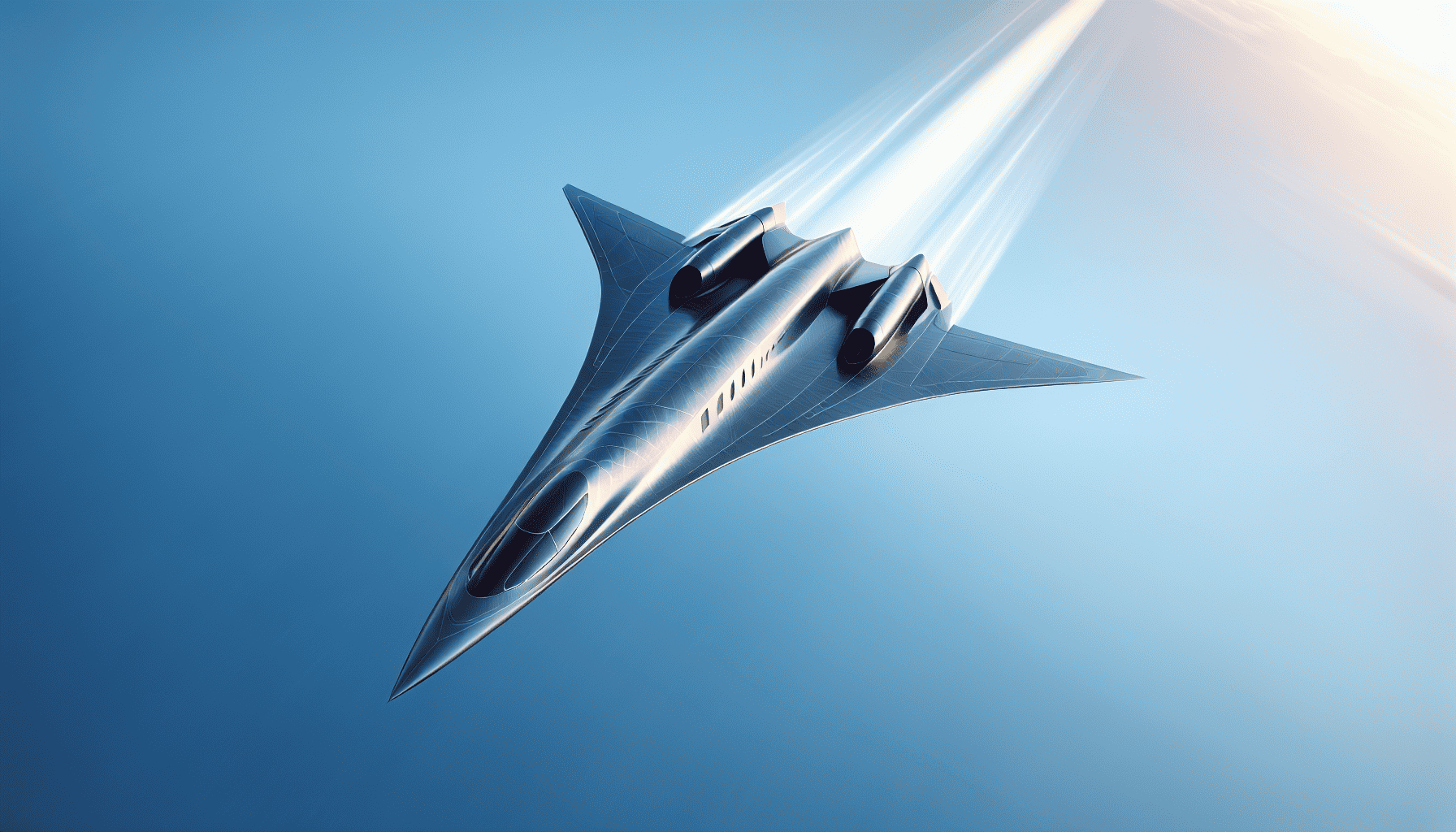In the rapidly evolving landscape of aviation, Star Orbiter is making waves with its groundbreaking development of hypersonic jets. These technological marvels promise to reshape the air travel industry, offering unprecedented reductions in travel time while simultaneously enhancing safety and passenger comfort.
Hypersonic jets are designed to travel at speeds exceeding Mach 5, which is five times the speed of sound. This incredible velocity translates to a significant decrease in the duration of long-haul flights. For instance, a journey from New York to London, which typically takes around seven hours on a conventional aircraft, could be completed in under two hours with a hypersonic jet. Such advancements not only appeal to time-sensitive business travelers but also open up new possibilities for global tourism and connectivity.
Star Orbiter, a visionary leader in aerospace technology, is at the forefront of this hypersonic revolution. The company's engineers and scientists have been working tirelessly to overcome the various challenges associated with hypersonic travel. One of the primary hurdles is managing the intense heat generated at such high speeds. Star Orbiter has pioneered the use of advanced heat-resistant materials and innovative cooling systems to ensure that their jets can withstand extreme temperatures, ensuring both structural integrity and passenger safety.
Another critical aspect of hypersonic travel is the noise level. Traditionally, breaking the sound barrier results in a significant sonic boom, which can be disruptive to both passengers and communities on the ground. However, Star Orbiter has invested heavily in research to mitigate this issue. By employing cutting-edge aerodynamic designs and noise-cancellation technologies, they aim to minimize sonic disturbances, making hypersonic travel not only fast but also quiet and community-friendly.
In addition to speed and safety, Star Orbiter is committed to enhancing passenger comfort. The hypersonic jets boast spacious interiors with sleek, modern designs that prioritize passenger experience. Advanced cabin pressurization systems are being developed to ensure optimal comfort even at high altitudes and speeds, while state-of-the-art filtration systems guarantee clean and fresh air throughout the journey.
Environmental sustainability is another key focus area for Star Orbiter. Recognizing the growing importance of reducing the aviation industry's carbon footprint, the company is exploring the use of alternative fuels and energy-efficient propulsion systems. Their commitment to sustainable practices ensures that hypersonic travel will not come at the expense of the environment.
The implications of hypersonic travel are far-reaching. By drastically reducing travel times, hypersonic jets have the potential to transform various sectors of the economy. Businesses could benefit from faster delivery of goods and personnel, while emergency services could deploy aid more swiftly in times of crisis. Furthermore, the reduced travel time could encourage more people to explore the world, fostering cultural exchange and understanding on a global scale.
As Star Orbiter continues to refine its hypersonic jet technology, the prospect of revolutionizing air travel becomes increasingly attainable. While commercial deployment may still be a few years away, the progress being made is both exciting and promising. The advent of hypersonic jets marks a new era in aviation, one where the world feels more connected, accessible, and sustainable than ever before.
In conclusion, Star Orbiter's development of hypersonic jets is a testament to the limitless possibilities of human innovation. Through relentless pursuit of technological advancements, they are poised to redefine the very nature of air travel, bringing us closer to a future where the sky truly is the limit.
